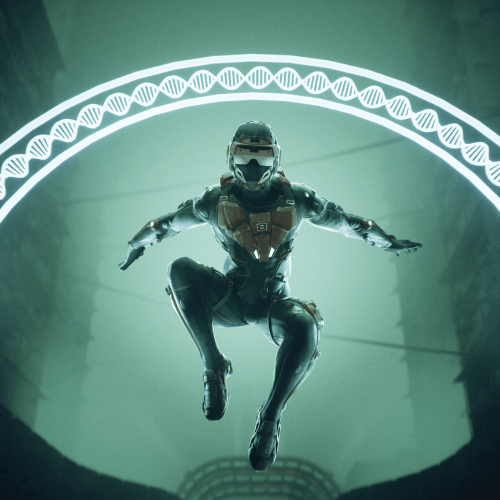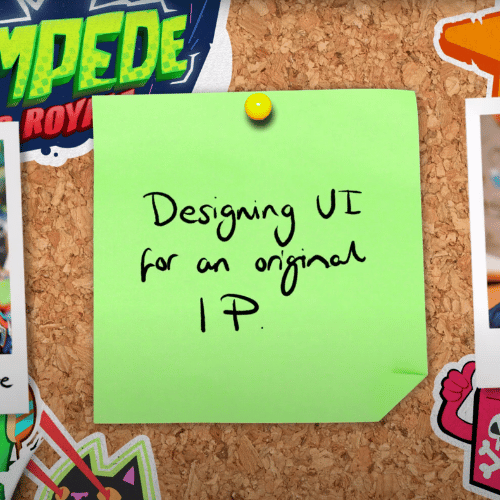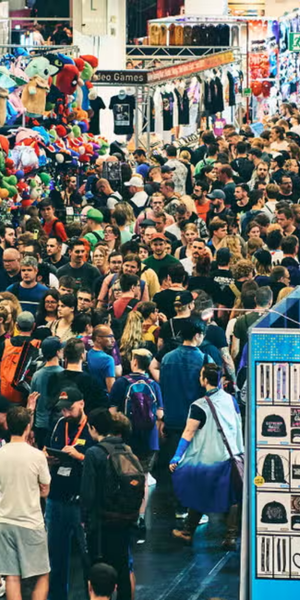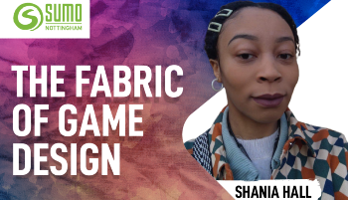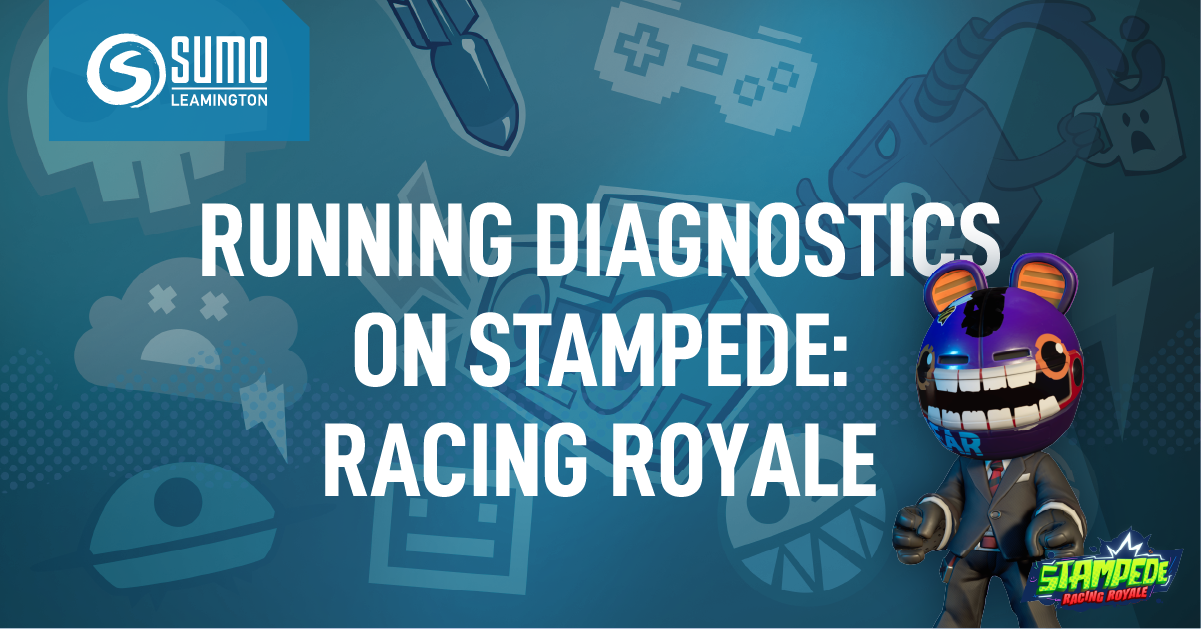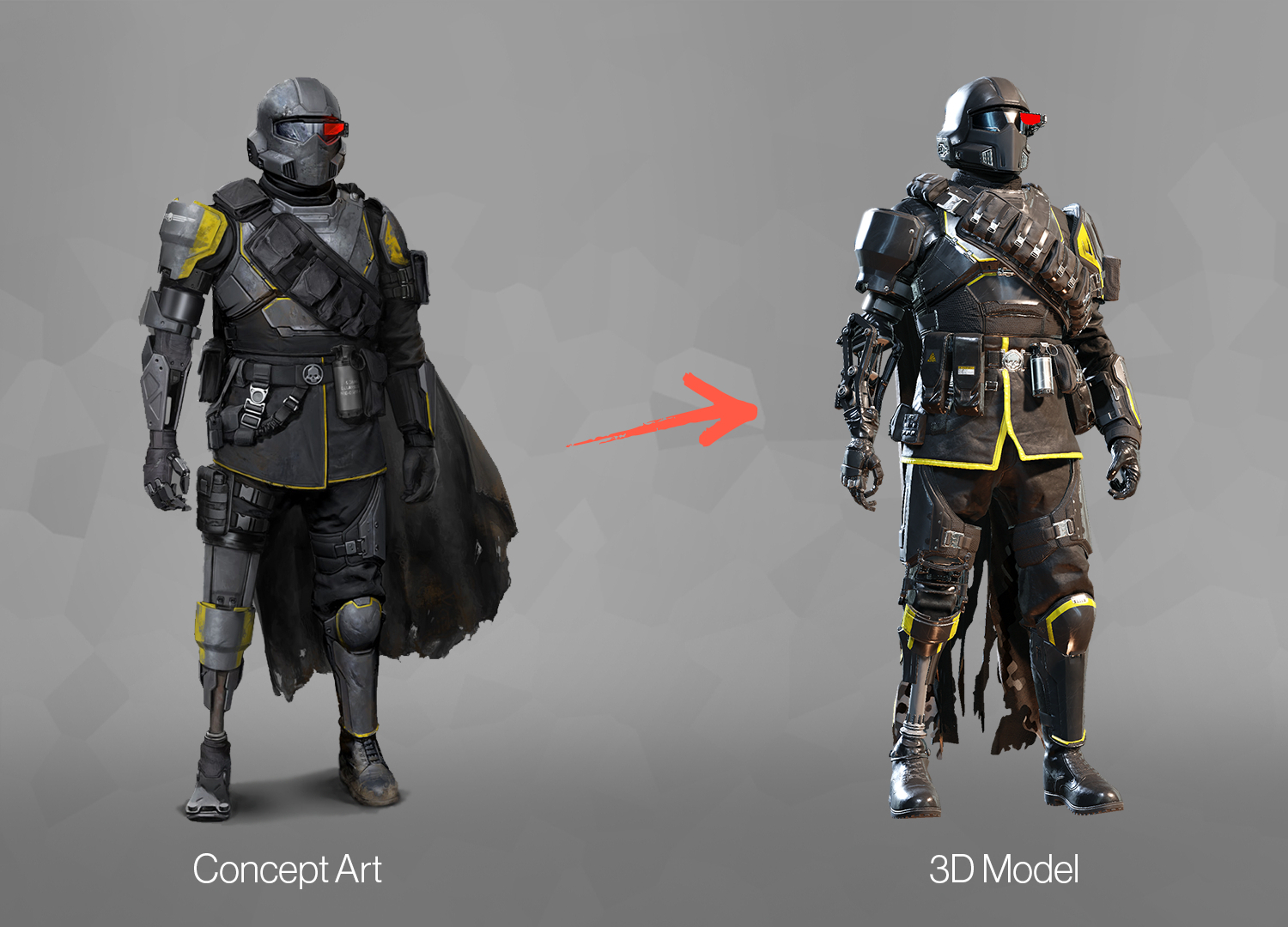“Every outfit tells a story. Characters aren’t just defined by their facial features or physique, a lot of who someone is and what they’re about comes from their style and environment.”
Meet Shania Hall, a Concept Artist at Sumo Nottingham currently working on the upcoming title, The Texas Chain Saw Massacre. Since starting her Sumo Nottingham journey in 2019, Shania has progressed from Generalist in the Art Department to Concept Artist with a passion for fashion.
Here, Shania talks about the trials of textiles, the importance of cotton count in jeans and why she loves creating the rules of worlds through art.
“I didn’t realise I could do art in video games,” says Shania. “When I was at school, I liked art and I liked video games and didn’t realise the two could come together as a job. I played a lot of games growing up that had heavy focus on customisation options, like The Sims and Animal Crossing, which is when I first found my love for clothes in games.
“When University came around, I studied general game design and then used my Masters to specialise in art. From there I joined Sumo Nottingham as a generalist and progressed into the concept art team – a department I’d always been really interested in, I’ve always loved the fact that you can build your own worlds and establish the rules of a reality, like how things look and function, through art.”
Of course, the rules of any universe are defined by the time and place in which its set – and there are no end of differences when it comes to far-off fantasy lands versus the real world.
“There are big differences in designing things for the real world – especially when it’s something like The Texas Chain Saw Massacre which has a very defined sense of space and time. When it comes to designing fashion for a project set in central Texas in the early 1970s, you have to be respectful of the time period and the location.”
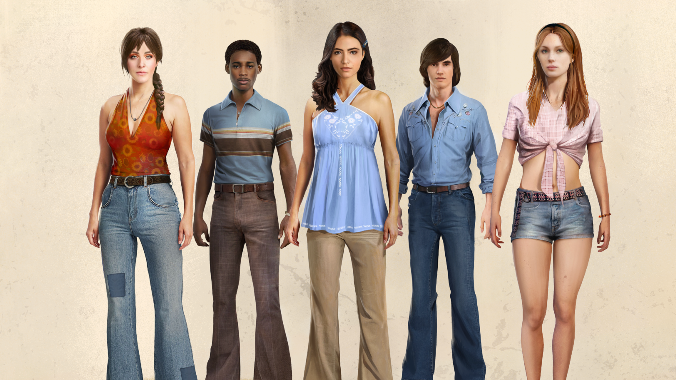
“My interest in fashion and my role in the concept team made me a perfect fit for designing on The Texas Chain Saw Massacre, and I immediately got stuck in with my research.” says Shania. “I watched A LOT of TV and read a lot of magazines from that era which really helped me to define what styles were in, what fabrics were frequently seen and how people layered their garments. I spent a lot of my early research time browsing the internet for images from the early 1970s – mostly a lot of family pictures uploaded by people from around the world – and I even dug out photographs of my dad from that time to see if I could draw inspiration from there.
“The great thing about fashion is that it really helps ground something – fabrics and styles are so specific to an era that every detail has to be right. I used Photobashing a lot to give me an idea of how different fabrics would pair and how layered garments looked together, this really helped me to get inspired and begin designing.”
Teamwork Makes the Jeans Work
“One of the biggest challenges I’m finding with The Texas Chain Saw Massacre is jeans and denim – they’re so hard to do! From the 1970s to now, jeans have gone through a huge transformation in fabrics, colours and cuts and there’s been a massive shift in quality over those 50 years. For example, Levi’s jeans are a thicker ‘higher quality’ of jean, with cheaper alternatives seeing a drop in material quality and a lower cotton thread count which alters the way it looks, feels and moves. Jumpers and sweaters have also evolved massively over time, with the introduction of synthetic materials to cut costs for the consumer – you don’t see a lot of real wool items on the rails these days but in the 1970s, that was all you could really get!
“Once I’ve created my concepts for outfits, I’ll work with the character art and animation teams to give them the details of the fabrics they can expect to be working with, which will inform them how it should move and be affected by the environment and activity of a character. A great example of this is cheesecloth – it was hugely popular in the 1970s, especially in the southern states of America, and I’ve done a lot of research into it as a garment. We worked closely together to identify how a character wearing a cheesecloth garment – like a checked shirt – would look and move.
“Another popular style back then was linen materials which are famous for their creases! I’d work with the teams to explain what the fabric is, show examples and describe its properties, including where and how it would crease as the character moves around the map. It’s a team effort!”
World Building
In her spare time, Shania loves to create fantasy worlds with high-concept art styles: “In contrast to my realism work on The Texas Chain Saw Massacre, I love to create more stylized characters through line work. I find that when working in fantasy you don’t have to adhere to as many rules – characters’ decisions and appearances aren’t always rationalised by their environment.
“The below is something I’ve been working on and have loved creating – she’s a vanguard in a castle so I’ve layered a Victorian-era dress with armour to show depth to her as a character. I can combine real-world elements, like the detailing on her shirt and collar which combine a few different styles and I used PureRef to pull all of my references and inspiration together to create one piece.”
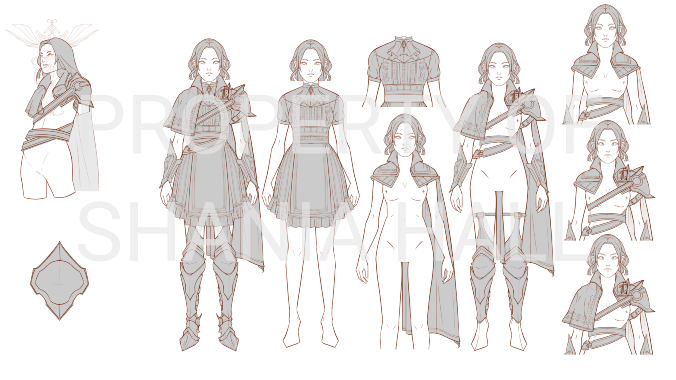
“I love to work on projects that contrast – fantasy gives me the opportunity to create my own rules and never question why a character has, for example, huge shoulder pads and a cape, whereas in realism you have to have an explanation within the art/story.”
Concept Art in the Real World
“My role in concept art has really affected the way I see the world – especially when it comes to media. Not just games, but movies and TV all apply plenty of colour and shape theory to their characters. I’m currently rewatching The OA for the third time and (sorry, spoilers ahead!) throughout the series I’ve noticed that all characters in purple are ‘good’ characters, whereas all those in yellow are ‘bad’ – it’s subtle enough that you don’t really notice at first, but you realise the way they’ve played with colour theory plays a huge role in the story and is almost like a character itself.
“This is something all concept artists can apply to their work – especially when it comes to the way something looks. As humans, we’re inherently able to recognise that softer, round shapes are ‘friendly’ or ‘good’, and things that are more angular are ‘bad’ and should be approached with caution. Think of The Lion King – Simba is much rounder, but Scar is very angular with sharp contours and edges.”
Misconceptions of Concept Art
“Concept Art is a work in progress,” says Shania. “People get so intimidated by other artists online when they see big, grand Beauty Pieces on ArtStation and often forget that they aren’t the artists’ everyday work – they’re the selling point for a game or discipline.
“A lot of the time, concept art is scrappy and unfinished and messy – made up of bits of inspiration you come across here and there. Line work compared to Beauty Pieces are two different worlds – not everything is being sold to a publisher and therefore doesn’t need the quality rendering. Line work is much rougher but can still get the message across and convey emotion.”

“Your work shouldn’t be so beautiful that people don’t understand it – that’s not what world building is about. A lot of studios aren’t looking for people who could have their art hung in a gallery, they’re looking to employ concept artists who convey clear instructions and believable ideas through their work. When it comes to your portfolio, those scrappy, messy and unfinished works are just as important to include as those pretty 3D renderings.”
Shania’s Art Journey
“My role as a Concept Artist means I get to do work I love on a range of exciting projects surrounded by the amazing team at Sumo Nottingham.”
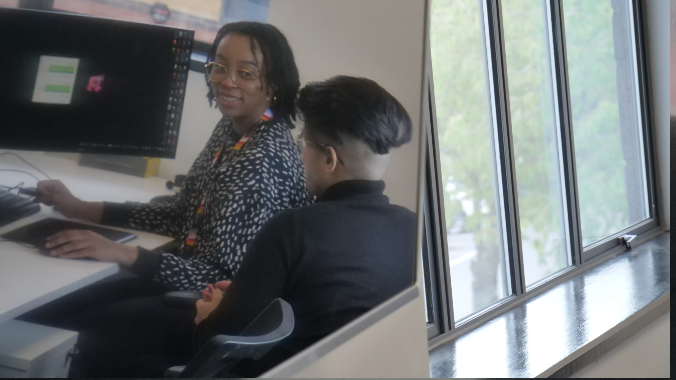
“Outside of work, I get to use my art skills in a range of different ways – I’ve actually designed tattoos for friends and family and it’s crazy to see my art on people’s bodies. I also really enjoy experiencing cinematic art styles in games, with story-driven games like The Longest Journey and Dream Fall Chapters being hugely inspirational for me.
“I still love playing games with lots of customisation and always dress my Sims like I would dress, with dungarees always being my outfit of choice!”
5 things I can’t live without as a Concept Artist:
Here, Shania shares five things she can’t live without as a Concept Artist:
- Blender. My top tip is to watch a lot of lighting tutorials and look at addons to make concepting in the platform easier.
- My Colour theory books. My favourite is Color and Light: A Guide for the Realist Painter (Volume 2) by James Gurney.
- Plenty of fashion websites to browse – they always give me so much inspiration which I can bring together on Pinterest or PureRef.
- Lots of practice to keep up with new info and evolving techniques.
- New technologies – they keep your work fresh, especially when it comes to 3D.
The Sumo Nottingham team are hiring! Check out all current opportunities on the Careers Page.



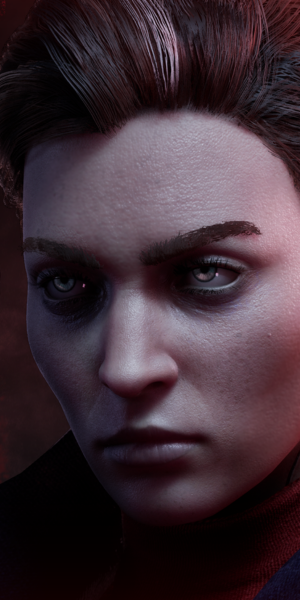 Vampire The Masquerade: Bloodlines 2
Vampire The Masquerade: Bloodlines 2 Exoborne
Exoborne Mars Horizon 2: The Search for Life
Mars Horizon 2: The Search for Life